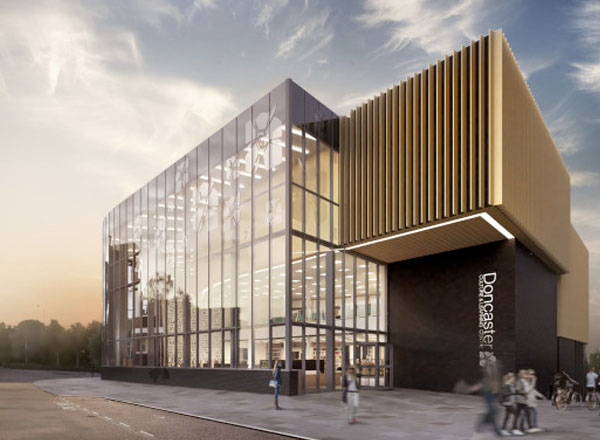How do you future-proof your organisation? At its fourth annual conference in Dubai, the British Safety Council will explore how local businesses can prepare for opportunities and challenges ahead The British Safety Council, one of the most trusted international leaders in health, safety and environmental management, is hosting its fourth annual conference in Dubai, The Future of Health, Safety and Wellbeing in the Workplace, on Tuesday, 5 February 2019, at the Sofitel Dubai Downtown. Across issues such as automation, ‘any time any place’ work, the impact of modern communication technologies and ‘flexible’ employment contracts, conference speakers will stimulate delegates to examine the present opportunities and risks for employee safety, health and wellbeing. They will also explore how excellent management in health, safety and wellbeing can transform organisations. Closely linked to that, there will be a discussion about the best approaches to promoting a positive workplace culture. The delegates will have an opportunity to sample the Virtual Reality (VR) technology which the British Safety Council uses to teach the evaluation of health and safety risks. For over 60 years, the British Safety Council has been campaigning, advising and educating workers and employers worldwide on how to make workplaces safe for everyone, as well as sharing best practice in work-related health, wellbeing and management of environmental risks. The British Safety Council has strong links with the Middle Eastern region, in particular with the United Arab Emirates (UAE), and works in partnership with many leading businesses in the country, such as Dubai Electricity and Water Authority (DEWA), Emirates National Oil Company (ENOC), the Ministry of Education, UAE, Roads and Transport Authority (RTA) and TECOM Group. Mike Robinson, Chief Executive of the British Safety Council, whose presentation will cover a number of key technological, societal and regulatory trends that will transform the workplace, said: “The world of work is rapidly changing, bringing both opportunities and considerable risks not only to businesses, the economy and the environment but also to wellbeing, health and safety of employees. It is imperative that employers gain an understanding of what’s in store and take a strategic view on how to deal with these challenges. “Over the next seven years, some commentators are forecasting that the number of connected devices will grow from less than 50 billion to over 300 billion. Penetration of smartphone use in the UAE is already 99%. The lives of people throughout the world will be affected in ways we cannot imagine. For example, the World Bank predicts that over the next 20 years, 69 per cent of jobs in India will be threatened by automation or the use of artificial intelligence. This together with the predicted growth in the gig economy, mean that workers will be at much greater risk of accident and ill-health and the always-on culture will lead to higher levels of stress, anxiety and depression. These are just some of the challenges that will pose considerable risks to companies and their workforces.” CONFERENCE PROGRAMME 10:00 Welcome and introduction: Mike Robinson, Chief Executive, British Safety Council 10:15 The importance of top management leadership: Dr Waddah S. Ghanem, Senior Director – Sustainability, Operational and Business Excellence, Emirates National Oil Company Limited (ENOC) LLC 10.45 Preparing for the future workplace: Mike Robinson, Chief Executive, British Safety Council 11.30 Virtual reality – training showcase: James Mansbridge, Head of Digital Learning, British Safety Council 12.15 Promoting positive workplace culture, Clare Solomon Creative & Commercial Director, Tribe Culture Change 12.45 Lunch 13:45 Stream 1: Main room Adopting ISO 45001: A new international standard for health and safety management, James Lewis, Head of Audit and Consultancy, British Safety Council 13:45 Stream 2: Break-out room Wellbeing in the workplace, Dr Carolyn Yeoman, Operations Director OCAID Wellbeing 15:00 Panel discussion Q&A chaired by James Mansbridge Head of Digital Learning, British Safety Council 15:30 Closing remarks: Mike Robinson Chief Executive, British Safety Council 15:40 Close









